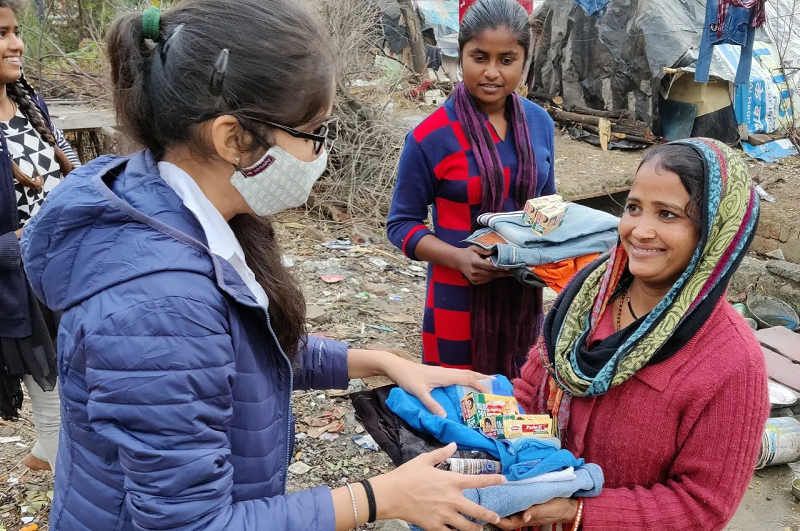Respiratory problems are considered to put additional pressure on the health sector. The risk of diseases like asthma, bronchitis, and pneumonia is being seen in people of all ages, which if not taken care of, can cause serious health problems. Pneumonia is a serious disease that causes millions of deaths every year. This infection in the lungs causes serious health complications. The risk of this disease has been seen the most in children.

India has achieved great success in the treatment of this disease. India has discovered a cure for an infection called community-acquired bacterial pneumonia (CABP). Scientists have prepared the first Indigenous antibiotic drug "Naphithromycin", which can reduce infection with three doses. Union Minister Dr. Jitendra Singh officially announced this success of India.
Risk of death in children due to pneumonia
According to the report of the World Health Organization (WHO), pneumonia is the biggest infectious cause of death of children worldwide. Every year, more than 7.25 lakh children under the age of five die due to pneumonia, including about 1.90 lakh newborns, who are particularly vulnerable to infection. The elderly are also at high risk of this disease. Doctors say that this disease can be caused by bacteria, viruses, and fungi.
Antibiotic drug for pneumonia
The antibiotic azithromycin has been developed in collaboration with the Biotechnology Industry Research Assistance Council (BIRAC). It is the country's first indigenously developed antibiotic aimed at tackling antimicrobial resistance. This drug will be given once a day for three days to CABP patients. This is the first treatment, which also includes patients with multi-drug resistant (MDR) infections. Several clinical trials have been conducted on this drug over 15 years. These include first and second-phase trials in the US and Europe. This drug recently completed the third phase in India.

Effectiveness is much better.
According to the press release, the efficacy of azithromycin is different in many ways, it targets both common and uncommon pathogens. Notably, it is ten times more effective than azithromycin. Beyond its efficacy, azithromycin also boasts better safety and tolerability. This antibiotic drug may have minimal gastrointestinal side effects.
Mortality rate may decrease.
A senior official of the Central Government's Department of Biotechnology said that this drug is also very important because every year millions of elderly patients are dying due to CABP. If we talk globally, India accounts for 23 percent of the annual deaths due to CABP worldwide. Its mortality rate is between 14 to 30%. This drug can help reduce the risk of death.
(PC: Freepik)










